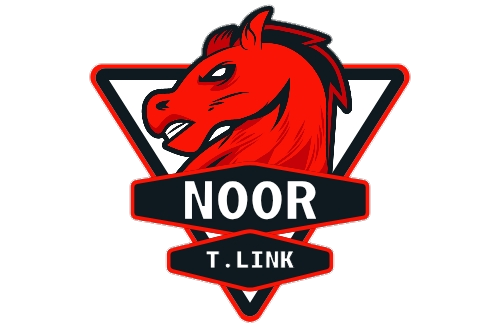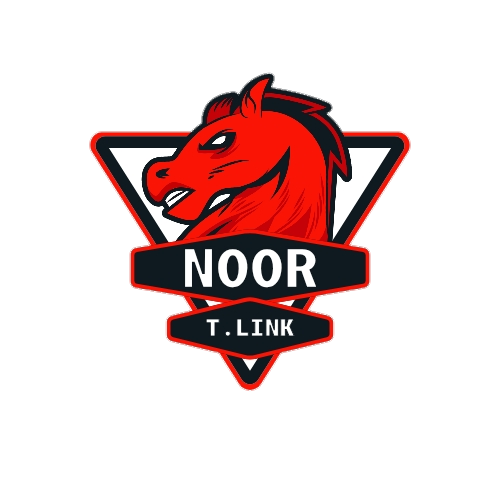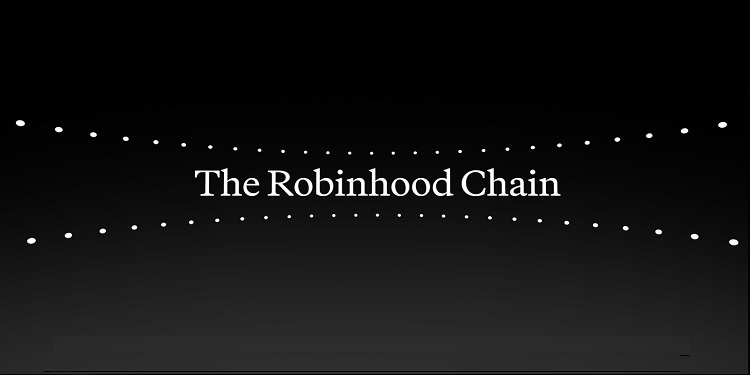Robinhood Markets moved its crypto‑expansion strategy up a gear on 30 June 2025 by disclosing the development of a proprietary layer‑2 blockchain that will run on the Arbitrum network. Executives introduced the initiative during the “Robinhood Presents: To Catch a Token” event in Cannes, presenting the chain as the foundational rail for bringing real‑world assets on‑chain. Company leadership indicated that the new infrastructure is intended to underpin a future in which crypto technology supports the broader financial system rather than operating at its edges.
The timing of the announcement coincided with a sharp intraday jump in the Arbitrum token, fuelled by market chatter that a Robinhood partnership was imminent. By selecting an existing Ethereum roll‑up as the base layer, Robinhood aims to inherit Arbitrum’s throughput and cost advantages while layering its own compliance and consumer‑friendly interfaces on top.
Tokenized U.S. equities arrive in the European Union
Beyond infrastructure, the broker revealed a slate of products designed to reposition its European app from a crypto‑only service into an all‑in‑one trading environment. Central to that plan is the introduction of more than 200 tokenized U.S. stocks and exchange‑traded funds for residents of the European Union and European Economic Area. Management framed the offering as a way to reach roughly 400 million potential users who have historically faced frictions when trying to buy U.S. securities.
Access will initially be provided on Arbitrum, with the tokens slated to migrate to Robinhood’s forthcoming layer 2 once the chain is live. The firm emphasised that the equity tokens mirror the economic exposure of their underlying shares and are settled on‑chain, allowing near‑instant settlement and fractional ownership.
Perpetual futures and U.S. staking broaden revenue levers
Robinhood’s roadmap also features leverage products and yield services designed to appeal to more seasoned digital‑asset traders. The company plans to open crypto perpetual futures with up to 3× leverage for eligible European customers later in the summer. In the United States, it will begin rolling out staking services, starting with Ethereum and Solana, positioning itself to capture a portion of inflationary staking rewards on behalf of clients.
These additions complement the brokerage’s existing cash‑equities and spot‑crypto lines, creating multiple fee streams and deepening engagement within its user base. Senior product leadership suggested that melding traditionally complex instruments into a single, intuitive interface is central to the strategy of making crypto accessible to a mass audience.
You didn’t think we’d just announce new products, did you?
The Robinhood Chain is currently being built on @arbitrum to power the future of asset ownership.#RobinhoodPresents https://t.co/g2tVe85G4W pic.twitter.com/zwpt4uV1zP
— Robinhood (@RobinhoodApp) June 30, 2025
Acquisitions signal commitment to global crypto footprint
The product blitz follows a year of deal‑making aimed at securing licenses and technology to support Robinhood’s cross‑border ambitions. In mid‑2024, the broker agreed to purchase long‑standing exchange Bitstamp, gaining regulatory footholds in both Europe and Asia. The momentum continued in May 2025 when the firm reached an all‑cash agreement to acquire Canadian digital‑asset platform WonderFi, a move that provides additional custody capabilities and exposure to decentralized‑finance tooling.
Collectively, the acquisitions and the new Arbitrum‑based ecosystem reflect a pivot from Robinhood’s origins as a commission‑free stock app toward becoming a comprehensive marketplace for tokenized assets. Analysts observed that the layered approach—combining regulated tokenized equities, leveraged derivatives, and staking income—positions the firm to compete with established crypto exchanges while retaining the brand familiarity that drew millions of retail traders during the equities boom of the early 2020s.
Outlook
With its layer‑2 launch, tokenized‑stocks debut, and an expanding catalogue of crypto services, Robinhood is betting that mainstream investors want a single gateway for both traditional and blockchain‑native instruments. The success of that wager will hinge on regulatory clarity, user trust in on‑chain settlement, and the broker’s ability to deliver the seamless experience it promises. For now, the company has placed itself firmly in the race to define the next phase of digital finance.



